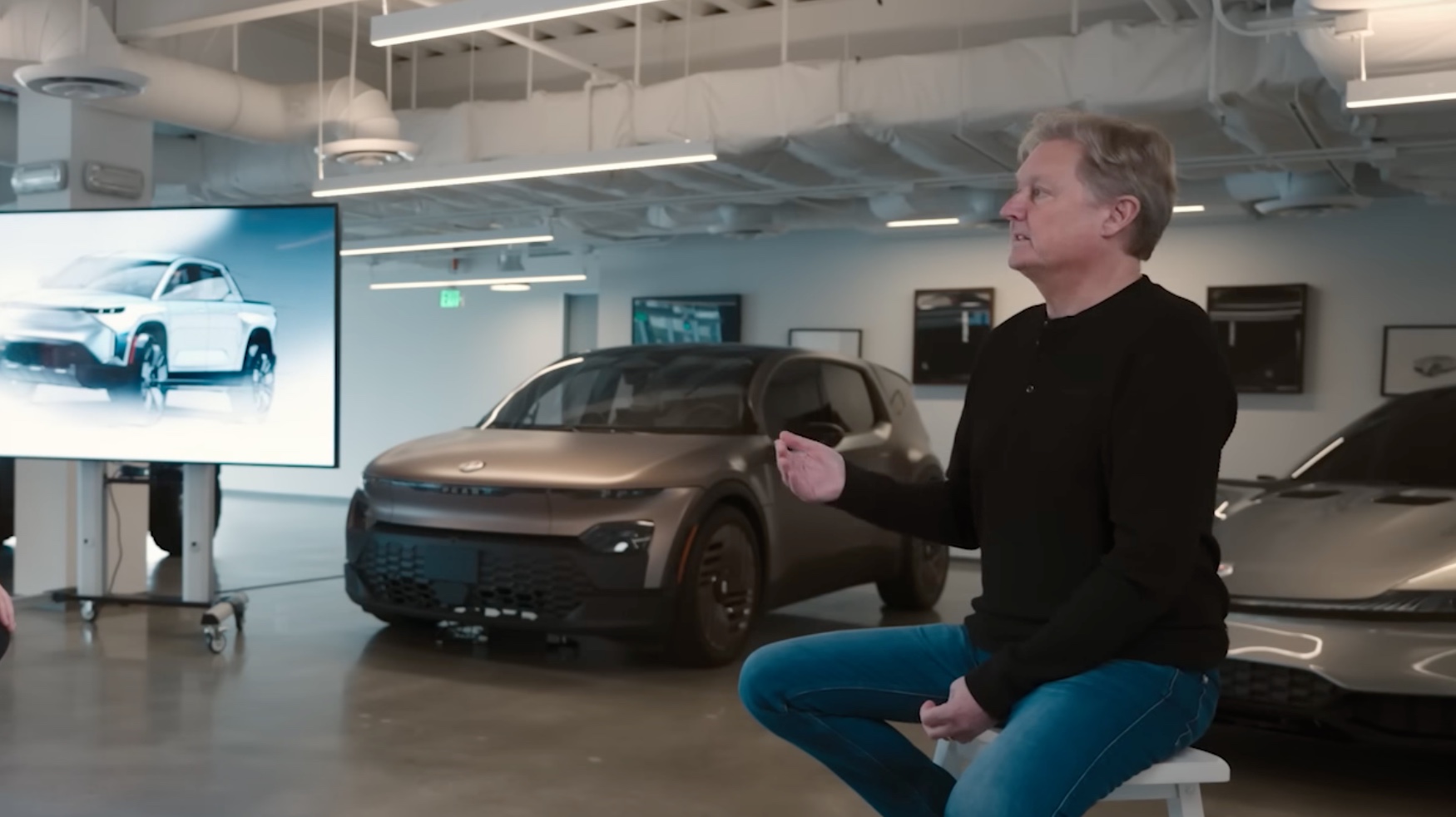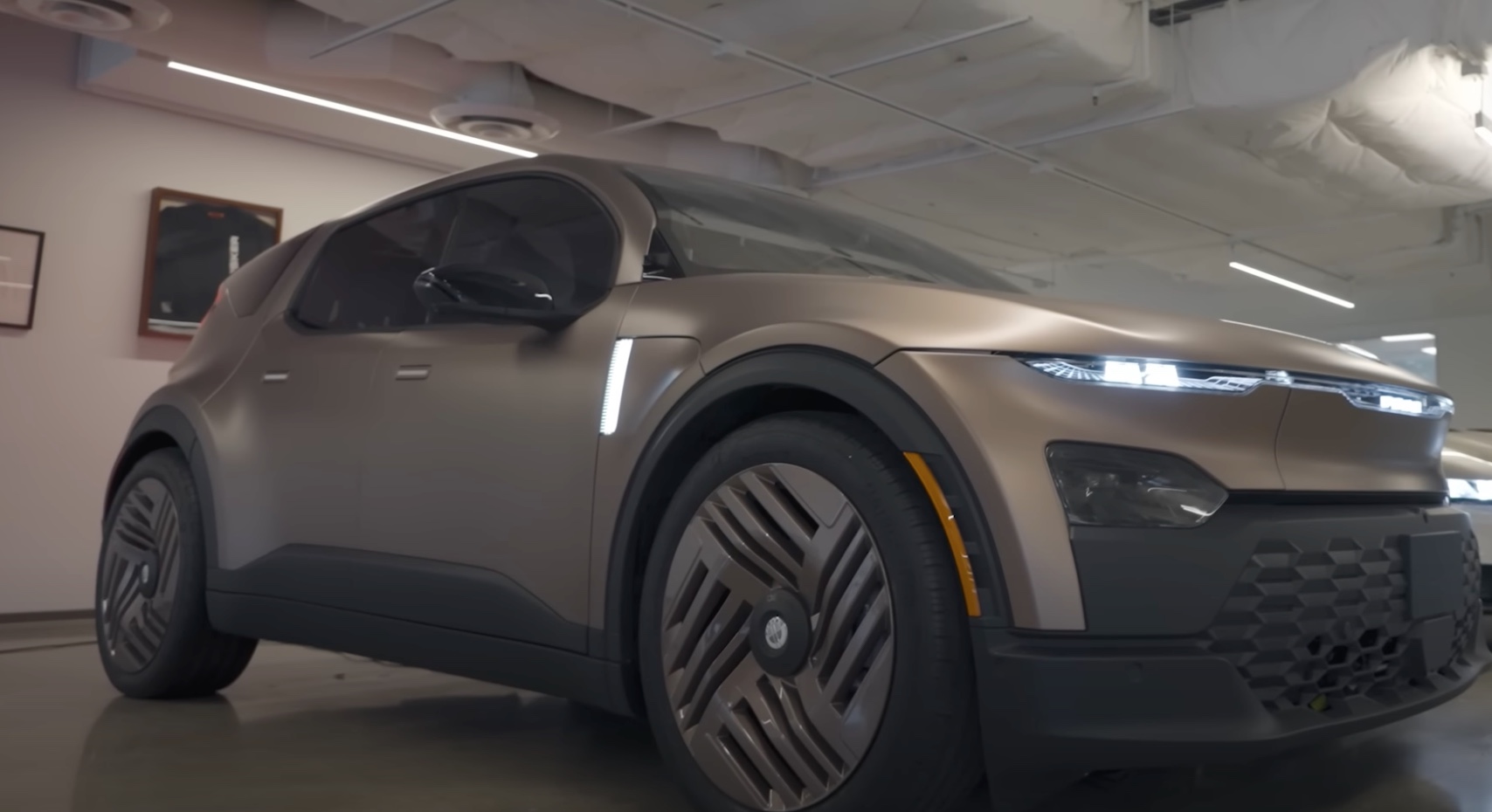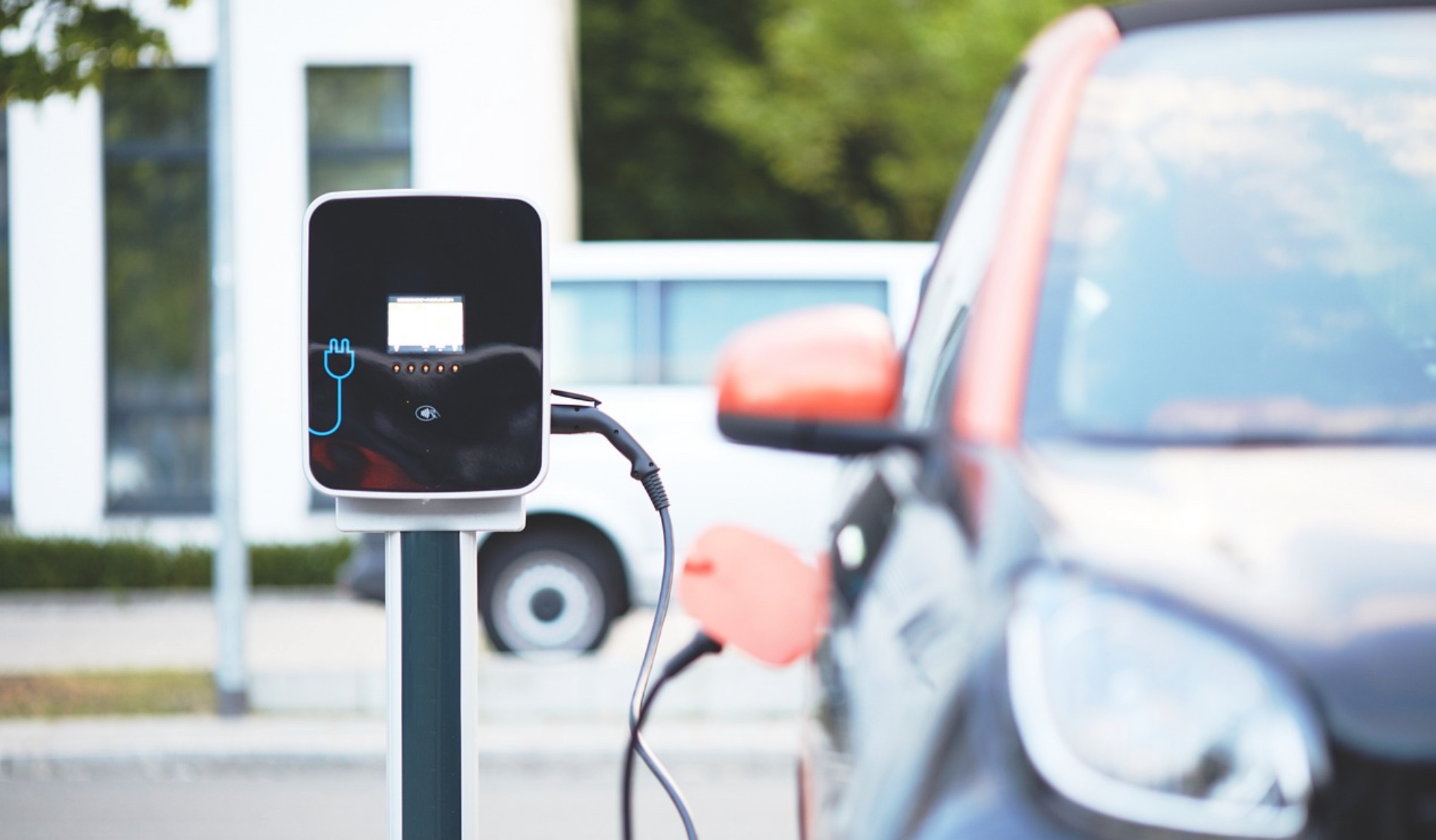Electric vehicle manufacturer slashes prices

via pixabay
Fisker, an electric vehicle startup based in California, has decided to reduce the prices of certain models in its lineup in an effort to stave off bankruptcy following the collapse of a potential partnership with another car manufacturer.
Latest 2024 Ocean OS

via CNBC
The company has announced significant price cuts for its 2023 Ocean electric SUV range in the United States, featuring the latest 2024 Ocean OS software version 2.0.
Significantly reduced

via CNBC
Prices for the 2023 Ocean Extreme, 2023 Ultra, and 2023 Sport trims have been slashed by tens of thousands of dollars, with the MSRP of each model significantly reduced.
2023 Ocean Extreme trim

via CNBC
Specifically, the 2023 Ocean Extreme trim will now be priced at $37,499, down from $61,499, while the 2023 Ultra trim will cost $34,999, reduced from $52,999, and the 2023 Sport trim will be available for $24,999, down from $38,999.
Lowered prices

via CNBC
Fisker has emphasized that these lowered prices include additional options worth up to $7,000 and will come into effect on Friday.
All-electric Ocean SUV

via CNBC
In a statement, Fisker explained that this pricing adjustment is part of its strategy to make the all-electric Ocean SUV more affordable and attractive to a wider range of EV buyers.
Software updates

via pixabay
The company also highlighted its commitment to continual improvement through regular Over-the-air (OTA) software updates for its vehicles.
Sad to see

via CNBC
“It’s sad to see any company go bankrupt, but we expect to see more of them in the EV space,” Thomas Hayes, chairman at hedge fund Great Hill Capital, said.
Still unclear

via CNBC
“At the end of the day, it is unclear whether people actually want EVs, or they simply want Teslas.” Hayes said there is a difference because one is a commodity and one – Tesla – is a brand, lifestyle and ideology,” Hayes continued.
In the EV space

via CNBC
“That said, in the EV space – over time – there will be Tesla and the major incumbent ICE [internal combustion engine] producing OEMs [original equipment manufacturers] left standing, namely those OEMs who continue to choose to – or are forced by governments – to produce EVs,” such as General Motors, he added.
Securities and Exchange Commission

via CNBC
As per a submission to the Securities and Exchange Commission (SEC), the car manufacturer that was previously engaged in discussions with Fisker decided to end negotiations on March 22. Following this development, Fisker has been compelled to assess various strategic options, which could involve restructurings either within or outside of the legal system, as well as transactions within the capital markets.
Bankruptcy filing

via CNBC
Should Fisker proceed with a bankruptcy filing, it would mark the second instance of a car startup led by CEO Henrik Fisker facing failure. Fisker Automotive previously filed for bankruptcy in 2013.
Promising solution

via CNBC
Electric vehicles (EVs) have gained momentum as a promising solution to reduce carbon emissions and combat climate change. However, the widespread adoption of EVs is not without its challenges. From infrastructure limitations to consumer concerns, several factors contribute to the struggles of electric vehicles.
Significant challenge

via CNBC
The availability of charging stations remains a significant challenge, especially in rural and less densely populated areas. Range anxiety, the fear of running out of charge, is a prevalent concern among potential EV owners. The expansion of charging infrastructure, including fast-charging stations along highways and in urban centers, is crucial to address this barrier to EV adoption.
Increased demand

via CNBC
The widespread adoption of EVs poses challenges to the existing electrical grid. Increased demand for electricity, particularly during peak charging times, necessitates grid modernization and capacity enhancements to support the influx of electric vehicles.
Decreasing over time

via CNBC
The upfront cost of EVs, although decreasing over time, remains a barrier for many consumers. While operational savings due to lower fuel and maintenance costs are significant, the initial purchase price often deters prospective buyers.
Enhancing their affordability

via CNBC
Incentives, subsidies, and advancements in battery technology are crucial in driving down the cost of EVs and enhancing their affordability for a broader consumer base. Limited driving range on a single charge is a concern for consumers, particularly for those who regularly undertake long-distance travel. Advances in battery technology to extend the range and reduce charging times are essential to alleviate this concern.
Education and awareness

via CNBC
Education and awareness about the practical capabilities of EVs, including the expanding range of models and their suitability for daily use, are vital in addressing misconceptions and enhancing consumer confidence.
Environmental impact

via CNBC
The environmental impact of battery manufacturing, including the extraction and processing of raw materials, poses sustainability challenges. The responsible sourcing of materials and advancements in recycling and reuse initiatives are critical to mitigate these concerns [1].
Efforts to minimize the environmental footprint of battery production and disposal, coupled with advancements in sustainable energy sources for manufacturing, are essential for the long-term viability of EVs.
EV adoption

via CNBC
Robust policies and regulations that promote EV adoption, including incentives for consumers and investments in charging infrastructure, are instrumental in overcoming barriers to widespread acceptance of electric vehicles.
Collaboration between governments

via pixabay
Collaboration between governments, industry stakeholders, and utility providers is pivotal in fostering an environment conducive to the growth of electric mobility and addressing the multifaceted challenges faced by the sector.

